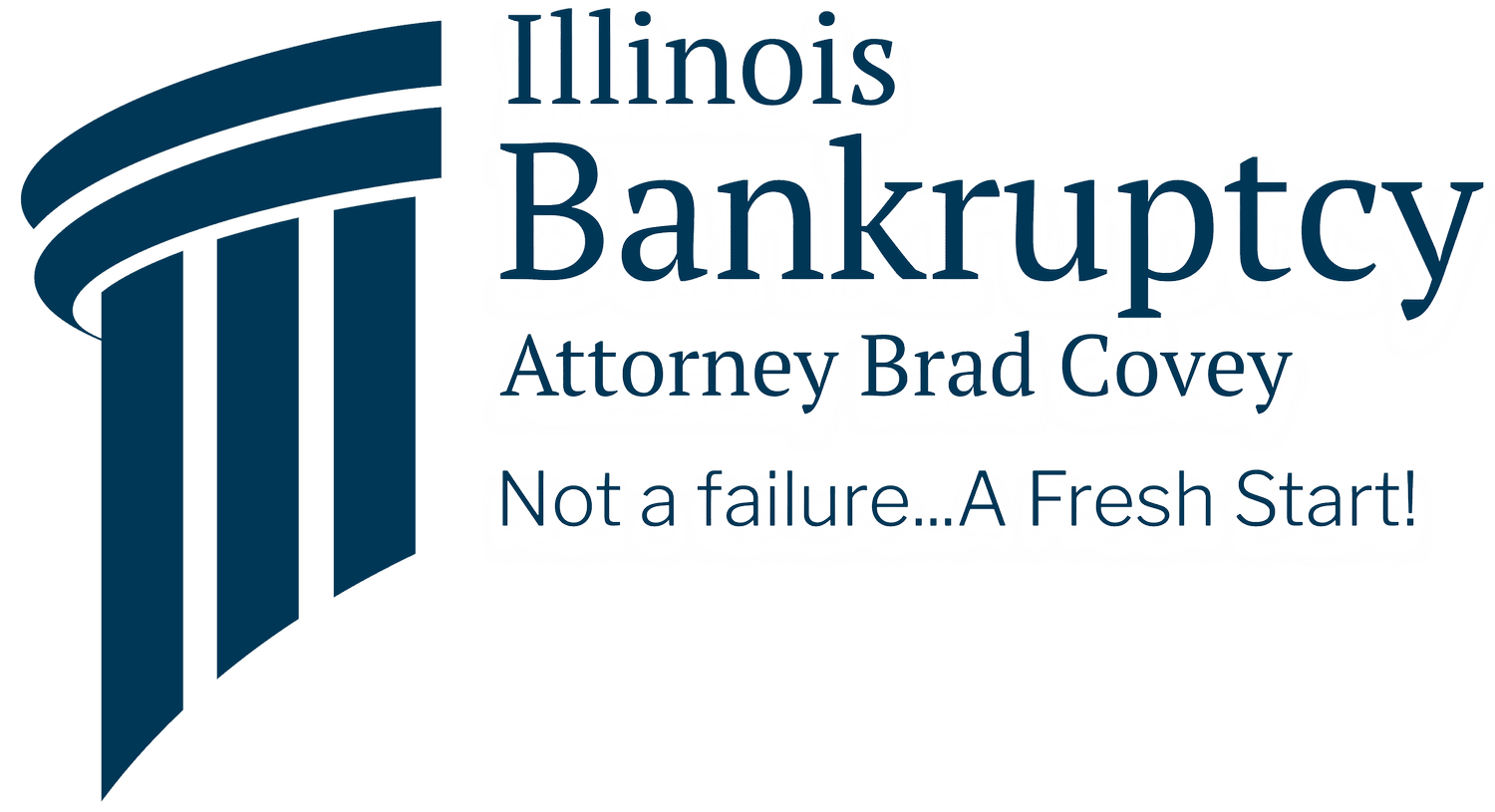Bankruptcy Guide
Overview
The bankruptcy laws were designed by Congress to help people who are having trouble paying their debts on time. Filing bankruptcy will immediately stop all harassing telephone calls, lawsuits, wage garnishment, repossessions, and foreclosures.
The most common chapters are Chapter 7 and Chapter 13. Generally, under Chapter 7, you're able to keep all of your possessions, including your house and cars, provided they are insured and you are current on your payments.
Chapter 13 is available for people with steady incomes and is for those who are behind on their mortgage payments that want to save their house.
The major difference between Chapter 13 and Chapter 7 is that under Chapter 13 you are responsible for making some payments to your creditors, while under Chapter 7 you do not make any further payments to any of your creditors (except of course house and car payments).
~subheadIndex-links

Initial Consultation
The initial meeting is to get an overview of your financial situation and determine if filing a Chapter 7 bankruptcy (“straight bankruptcy”), a chapter 13 bankruptcy (“reorganization”), or not filing bankruptcy at all.
-
Your initial meeting is typically used to gather proof of your income from all sources (a recent pay stub, proof of social security, child support, etc.), and your most recent tax return.
-
There is typically not a fee for a first consultation. Some people learn more and decide not to pursue the options presented.

The Client Questionnaire
At the heart of the case, the preparation process is a short client questionnaire. This questionnaire must be filled out completely and accurately.
-
Your initial meeting is typically used to gather proof of your income from all sources (a recent pay stub, proof of social security, child support, etc.), and your most recent tax return.
-
There is typically not a fee for a first consultation. Some people learn more and decide not to pursue the options presented.

Credit Counseling
aa
-
Your initial meeting is typically used to gather proof of your income from all sources (a recent pay stub, proof of social security, child support, etc.), and your most recent tax return.
-
There is typically not a fee for a first consultation. Some people learn more and decide not to pursue the options presented.

First Meeting of Creditors
The first meeting of creditors in a bankruptcy case, also known as the 341 hearing, is typically held about 4-6 weeks after the case is filed.
It is presided over by a bankruptcy trustee, who is an attorney appointed by the United States Trustee's Office. At the hearing, you need to bring identification and your social security card and must answer questions honestly under penalty of perjury.
Creditors are usually not present at the hearing. It is important to arrive prepared and to be truthful during the hearing.
-
Did you sign the bankruptcy documents and read them before signing?
Did you receive copies of all the documents before the hearing?
Is the information in the documents true and accurate to the best of your knowledge?
Have you listed all of your assets and creditors in the schedules?
Have you filed for bankruptcy before?
Are you the beneficiary of any pending wills or trusts?
Have you repaid any relatives in the past year?
Do you have any domestic support obligations, such as child support or alimony?
Have you read the bankruptcy information sheet provided by the United States trustee?
Have you made any transfers of property or given gifts worth more than $600 in the last four years?
Do you own or have an interest in any real estate?
Does anyone hold property belonging to you?

Conclusion
~subheadIndex-h2
